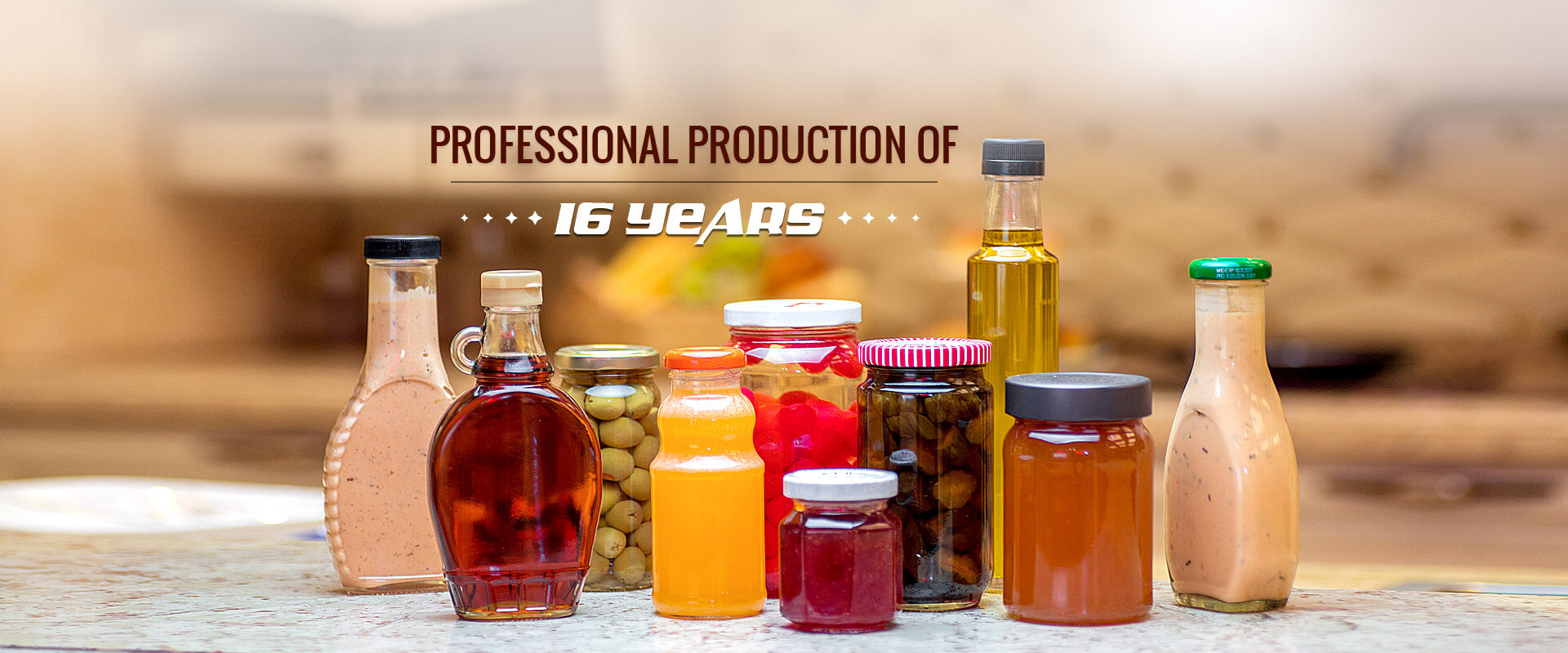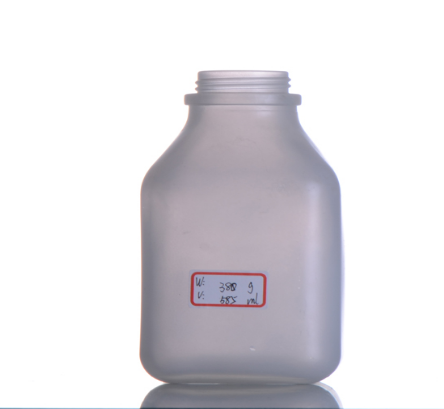
Almost all soft drink packages, whether in glass bottles or aluminum cans, are cylindrical.
But some milk cartons seemed square. Square containers use shelf space more economically than cylindrical ones.
So why do makers of soft drinks stick with cylindrical containers?
One reason may be that soft drinks are mostly consumed directly from the container, so the extra storage costs are offset by the fact that cylindrical containers are more hand-sized.

This is not the case with milk. Most people don't drink milk directly from the box.
But even if most people drink milk directly from the box, the cost-benefit principle suggests that it is unlikely to be sold in cylindrical containers.
Sure, square containers (no matter what's in them) can save shelf space, but in the case of milk, the savings are clearly better than in the case of soft drinks. Most soft drinks in supermarkets are placed on open shelves, which are cheap and usually have no operating costs.
But milk needs to be stored in a special freezer, which is expensive and expensive to operate.
So the storage space in the freezer is precious, increasing the benefits of using square containers for milk. The product design should not only include the function that most accords with the consumers' mind, but also meet the demand of the seller to keep low price and facilitate competition. That is, product design must be balanced between the two. Sometimes the details of product design seem to have something to do with geometric principles.
HUIHE provides food grade glass milk bottle and custom tailored bottles with wholesale price.